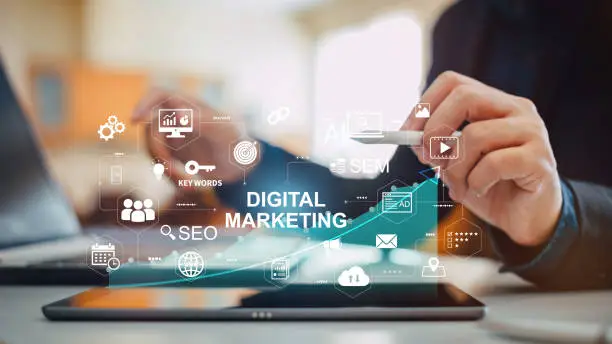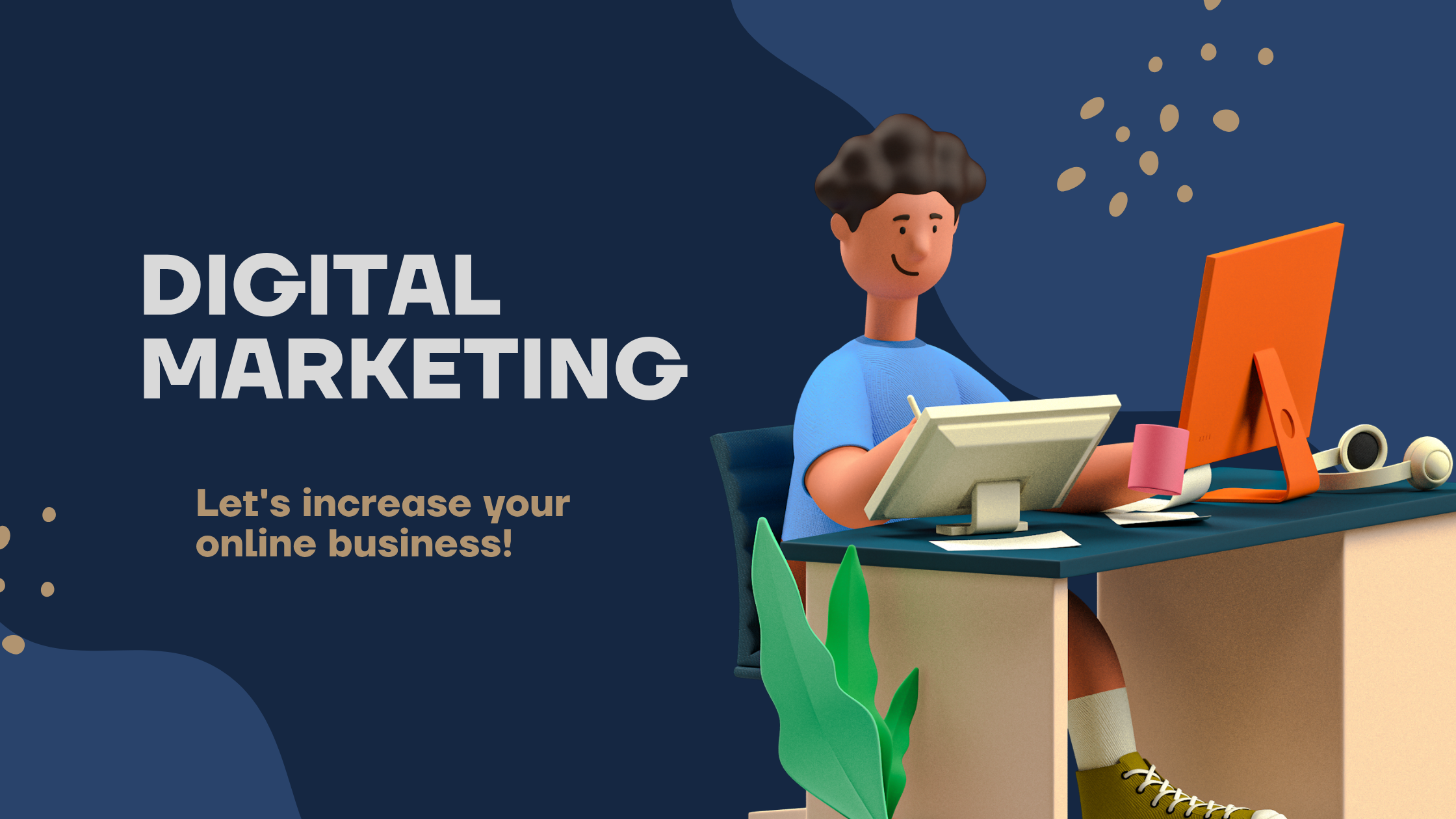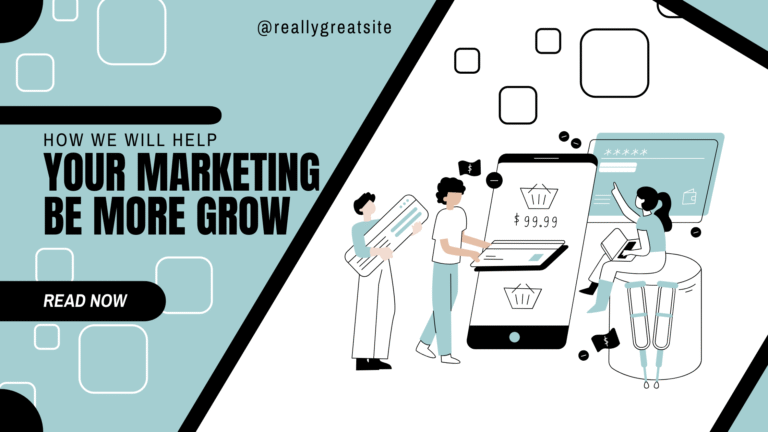The Advantages of Digital Marketing Over Traditional Marketing
How is digital marketing different from traditional marketing? In today’s sometimes the business scenario, marketing is at the center of every successful enterprise. From small startups to global corporations, organizations rely on marketing strategies for reaching their audience, creating brand awareness and selling sales. While traditional marketing dominates the scene for a long time, digital marketing is now revolutionizing the way of connecting businesses with consumers.
This article is necessary to understand why these differences are necessary – especially for those considering the digital marketing course to stay ahead in the industry.
Understanding traditional marketing
Traditional marketing refers to any kind of marketing that is not online. This includes methods that have been used for decades, such as:
- Television advertisement
- Radio advertisement
- Newspaper and magazine advertisement
- Billboard and poster
- Direct mail (flyers, brochures, etc.)
These marketing strategies depend on the physical forms of communication and are usually designed for mass consumption. They work well in reaching local audiences and installation of brand acquaintances, especially for businesses with brick-and-mortar locations.
However, traditional marketing is often expensive and does not provide accurate targeting or average results that seek many modern businesses.
What is digital marketing?
On the other hand, Online marketing uses internet and electronic devices to promote products and services. General digital marketing channels include:
- Search engine (Google, Bing)
- Social media platforms (Facebook, Instagram, LinkedIn, etc.)
- Email marketing
- Material Marketing (blog, video, ebook)
- Pay-click (PPC) advertisement
- Allied and impressive marketing
Unlike traditional marketing, Online marketing allows for real-time engagement and data-operated strategies. For anyone enrolled in a Online marketing course, learning these platforms and equipment is often a main component of the course.

Key Differences Between Digital Marketing and Traditional Marketing
1. Medium of Communication
- Traditional Marketing: Relies on physical media and offline channels.
- Online Marketing: Utilizes online platforms, mobile devices, and internet-based tools.
Traditional marketing uses one-way communication (e.g., a TV ad broadcast to millions), while Online marketing fosters two-way interaction. For example, customers can comment, share, or message a brand instantly through digital channels.
2. Cost and Budget
- Traditional Marketing: Often more expensive. TV, radio, and print ads come with high costs, especially for prime placements.
- Online Marketing: Generally more affordable and offers a variety of pricing models. Businesses can set budgets for online ads and track ROI more easily.
Many students pursuing a digital marketing course are taught how to maximize budget efficiency through tools like Google Ads or Facebook Ads Manager.
3. Targeting Capabilities
- Traditional Marketing: Offers limited targeting. For example, a newspaper ad may reach people of various demographics with no guarantee that the message will resonate.
- Digital Marketing: Allows highly specific targeting based on age, gender, location, interests, behavior, and even past purchase history.
One of the most powerful advantages of digital marketing is the ability to reach the right person at the right time with a personalized message.
4. Measurability and Analytics
- Traditional Marketing: Tracking ROI is difficult. Brands might use coupon redemptions or customer surveys to gauge effectiveness.
- Digital Marketing: Offers real-time analytics. Marketers can track clicks, conversions, bounce rates, and much more through platforms like Google Analytics.
This data-driven approach is a core part of any good digital marketing course, where students learn to interpret performance metrics and adjust strategies accordingly.
5. Speed and Flexibility
- Traditional Marketing: Campaigns take time to plan, execute, and revise. For example, changing a print ad requires redesigning and reprinting.
- Digital Marketing: Offers rapid deployment and easy updates. Content can be edited, paused, or re-launched in seconds.
This speed gives digital marketers the flexibility to adapt in real-time to trends or customer feedback.
6. Audience Reach
- Traditional Marketing: Often limited to local or regional audiences unless the budget allows for national or international distribution.
- Digital Marketing: Has a global reach. A brand can go viral or attract an international following with just a single campaign.
Digital tools enable small businesses to compete with larger brands on a more level playing field, especially with smart, targeted strategies learned in a digital marketing course
7. Customer Engagement
- Traditional Marketing: Passive engagement. Audiences watch, listen, or read without interacting.
- Digital Marketing: Active engagement. Users can like, comment, share, review, and participate in real-time discussions.
This interactive nature allows for better relationship building and loyalty.
Why Digital Marketing is Gaining the Edge
With increased internet penetration, smartphones, and social media usage, digital marketing is becoming more important every year. Brands now focus heavily on online presence, SEO, content marketing, and social engagement because that’s where their audiences are spending their time.
Moreover, digital platforms give marketers tools to track campaign success, segment audiences, test multiple strategies (A/B testing), and scale efforts with ease.
For professionals looking to upskill, a digital marketing course provides hands-on training in these modern tools and platforms, making them job-ready in a competitive field.
Which is Better: Digital Marketing or Traditional Marketing?
There’s no one-size-fits-all answer. The effectiveness of a marketing strategy depends on:
- Business type and size
- Target audience
- Marketing goals
- Budget
Many large companies use a mix of both—known as integrated marketing. For example, a retail brand might run TV ads while also promoting on Instagram and sending email newsletters. However, the growing dominance of digital platforms makes it clear that digital marketing skills are essential for modern marketers.

Conclusion
While traditional marketing continues to have its place in the modern business world, the advantages of digital marketing—cost-effectiveness, precision targeting, real-time analytics, and wider reach—make it the go-to choice for most businesses today.
As consumer behavior evolves and digital platforms become even more influential, learning how to navigate the digital space is not just optional—it’s necessary. Enrolling in a digital marketing course can be the perfect first step for individuals looking to build a successful career in this dynamic field.
Whether you’re a business owner aiming to grow online or a student eyeing the marketing profession, understanding the key differences between digital and traditional marketing can give you a decisive edge in today’s competitive landscape.





